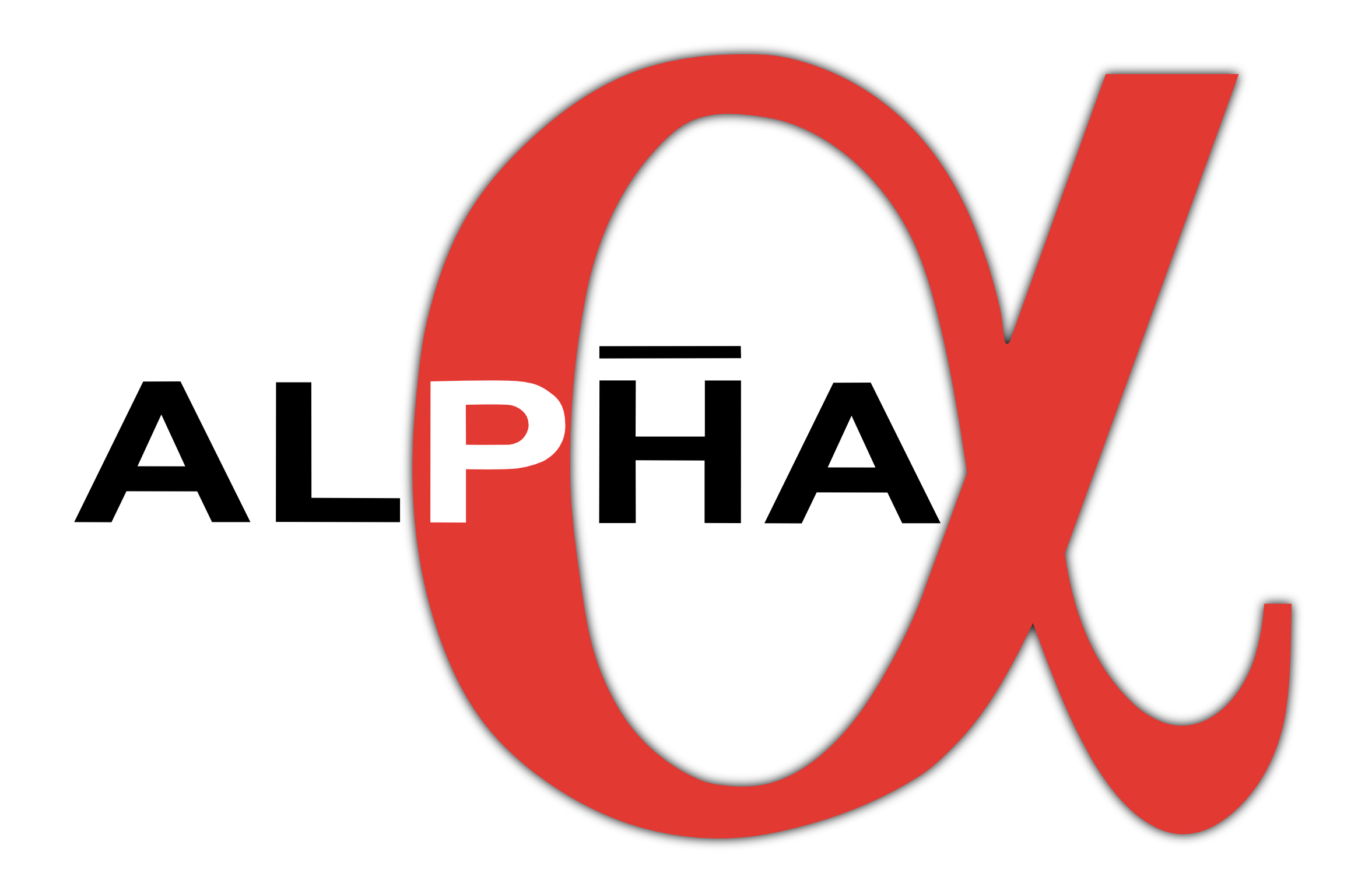Answering the question of why we live in a matter-dominated universe is of great interest to contemporary physicists, as the Standard Model of Particle Physics predicts that matter and antimatter should only ever be produced in equal parts. Antihydrogen is a good candidate for searches for asymmetries between matter and antimatter as it is the simplest antimatter bound state, and it has an extremely well-understood matter counterpart: the hydrogen atom. The ALPHA collaboration at CERN can now routinely trap several hundred antihydrogen atoms in a magnetic trap, allowing precise measurements of the fundamental properties of antihydrogen.
ALPHA currently traps around 20 antihydrogen atoms every few minutes, so accumulating enough antiatoms to perform precision measurements can take many hours. Increasing this trapping rate would allow for faster or more precise measurements. Simulations and experimental data show that there is a strong correlation between the temperature of the positron plasma used in antihydrogen formation and the trapping rate that can be achieved. This thesis describes work towards using laser-cooled beryllium ions to obtain colder positron plasmas in the ALPHA trapping apparatus. Singly-charged beryllium ions are liberated from the surface of a solid beryllium target inside the apparatus via laser ablation, where the ions can be trapped, laser-cooled and mixed with positron plasmas. By mixing the ions and positrons together, they can exchange energy, and the ions can provide cooling to the positrons. Careful tuning of laser and trap parameters, as well as use of other techniques, has allowed for the successful sympathetic cooling of positron plasmas in ALPHA.
Jack McCauley Jones
